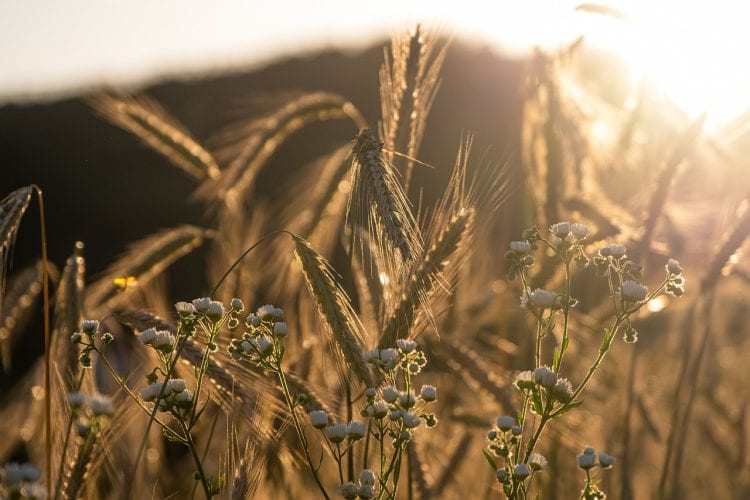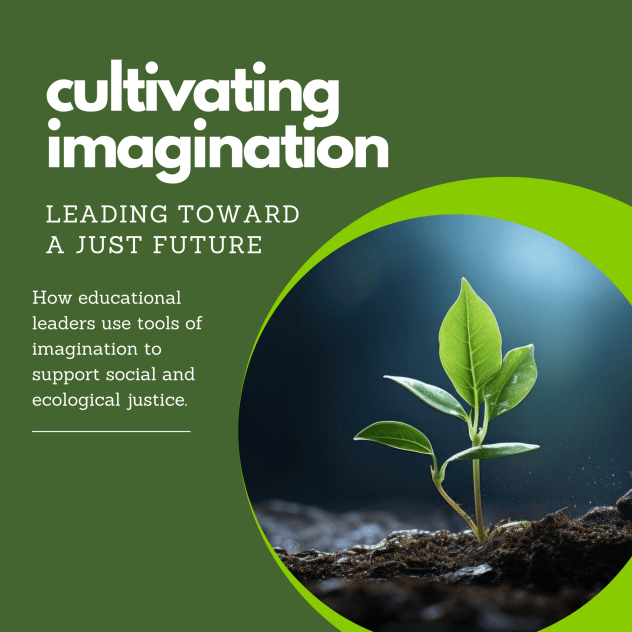By Sedigheh (Sedi) Mousavizadeh, MEd. student at Simon Fraser University in Educational Leadership
Note: This blog is a response to Episode 5 of the Cultivating Imagination podcast.
We often meet people who miss their past and happy childhoods or wish for a greater future. We all pray for a better upcoming year on New Year’s Eve. We all desire happier lives, better education, healthier bodies and minds, and a better environment. But will these remain just a wish or will we do something to achieve them? If your answer is “just a wish”, spend some minutes with me!
The reason why there is little sign of hope and happiness in today’s societies is that we human beings have got so involved in the worries of life that we have forgotten to “imagine” more beautiful pictures of life! Our desires only remain a wish because we do not use our imagination and longing to tell more beautiful stories for our future. Most of us look at imagination as a fancy word only good for kids or artists making creative works. But what if everyone learns to imagine an infinite number of futures? What if everyone learns to see, touch, smell, hear, and taste the future? It may seem ridiculous to you at first, but if you give your imagination enough space, you will start enjoying it and making your dreams come true! Let yourself travel into the future and get everything you long for!
What does longing taste like to you? Bitter, sweet, or both? It is bitter when things you long for seem out of reach and when it evokes feelings of sadness and depression. However, it gets sweeter when it becomes a source of inspiration by having the imagination hand in hand. Imagination gives you the power to see things as if they could be different and this is the starting point of longing for better lives and telling different stories.
Now that our imagination and longing are joined, we have the tools to create our stories. These stories shape and navigate future changes by exploring different scenarios, opportunities, and challenges. We need to take some steps to create our new stories. First, we identify the topics and themes we like to explore. Then we use our imagination to envision different possible futures. We travel into the future and create an infinite number of futures with various scenarios, characters, and settings. We encourage collaboration and dialogue in these settings. Finally, we use our stories to inspire hope, positivism, and action and move towards brighter futures. This active imagination and storytelling are what we need to save our planet, societies, health, and educational systems.
Some may criticize this view as being extremely positive because of ignoring the bitter realities of society like power dynamics and capitalism. This criticism seems true because obsessive positivism can become dangerous by suppressing and neglecting negative feelings, creating pressure to always be optimistic, bringing unrealistic expectations, and increasing depression and anxiety by ignoring the authentic self and real feelings.
Considering both sides of the coin, what is the solution then? Can we remain static waiting for miracles to happen? How long should we wait for the savior to come and save our world? Aren’t we the saviors of the world we live in? Will oppression, injustice, racism, and environmental issues end if we stop imagining positively and longing for a more just future? Will our educational systems be responsive to future generations if we refuse to step out of our comfort zones and imagine things otherwise?
While we all need to see the realities of life, acknowledge our positive and negative feelings, and embrace our whole selves, we need to improve our imagination and think in different ways to transform the world. Learning to imagine needs training and exercising. We must have enough space and use all our senses to imagine a future we long for. If I want to give a concrete example, I can point to a situation where we have a loved one in the hospital and there is little hope of saving them. What will we do, then? Most of us will not stand still and wait for destiny, instead, we do our best and try all the possible ways to save them. Even if the result is not satisfactory, we feel proud of doing everything we could have done! So, let us all imagine even if imagination is difficult in this world!
I would like to finish my writing with a piece of music. Yaghma Golruee, an Iranian poet and songwriter wrote the inspiring song “Tasavor kon” which means “Imagine” in English. His song was sung by the Iranian singer Siavash Ghomeyshi. This song asks us to imagine a more beautiful world; however, the music video greatly warns against the consequences of a lack of positive imagination in this world. I hope it will inspire us to imagine and create a more just and beautiful world.
Imagine
Imagine, even if it is hard to imagine
A world where every human being is happy in
A world where, money, race, or strength are not a privilege
A world where the answer to asking for freedom is not the anti-riot police
There are no atomic bombs, neither bombers nor mortar bombs
Not a single child leaves their feet beside a bomb
Everyone is free, everyone is painless
You do not read in newspapers about the whales that committed suicide
Imagine a world with neither hatred nor gunpowder
Without selfish cruelty, without terror and coffins
Imagine a world, full of smiles and freedom
Full of flowers and kisses, full of improvement
Imagine, even if it’s a crime to imagine
Even if by calling it you will be silenced by kohl in your throat
Imagine a world in which prison is just a myth
All wars in the world call for a ceasefire
No one is the boss of the world, all the people are the same
Each grain of wheat is divided equally between everyone
Without borders and limits, the whole world is the homeland
Imagine that YOU can make this dream come true…
Hear more from our leaders in the Cultivating Imagination podcast series.


